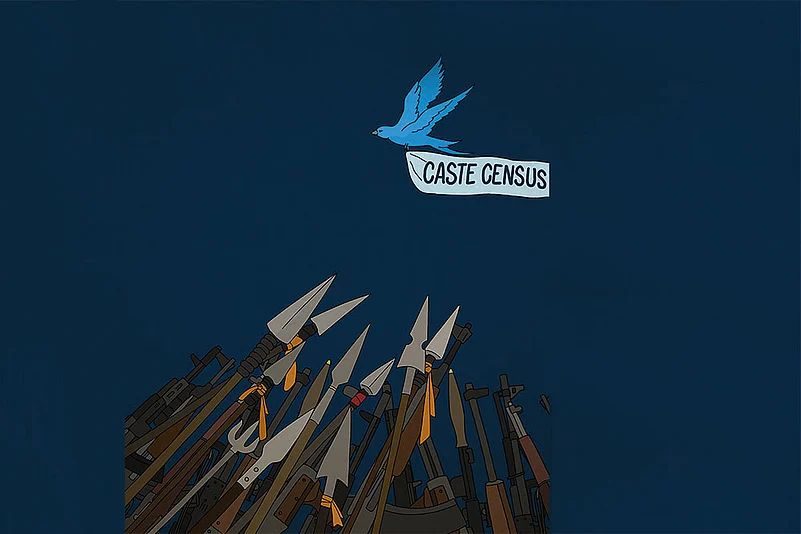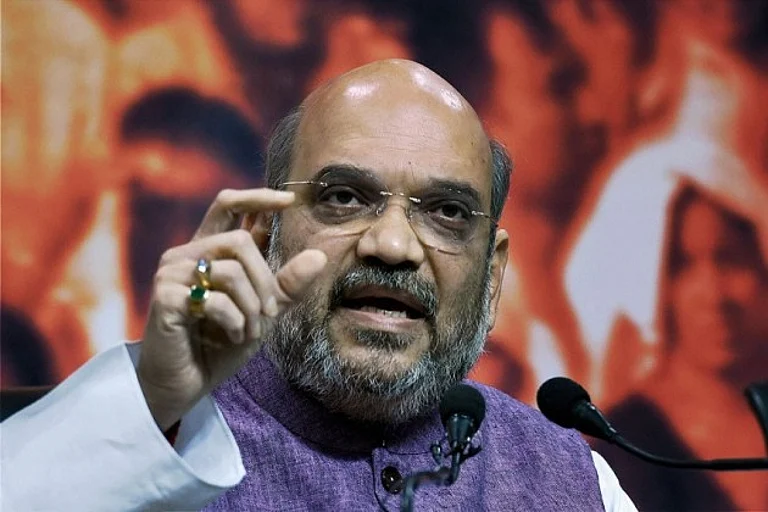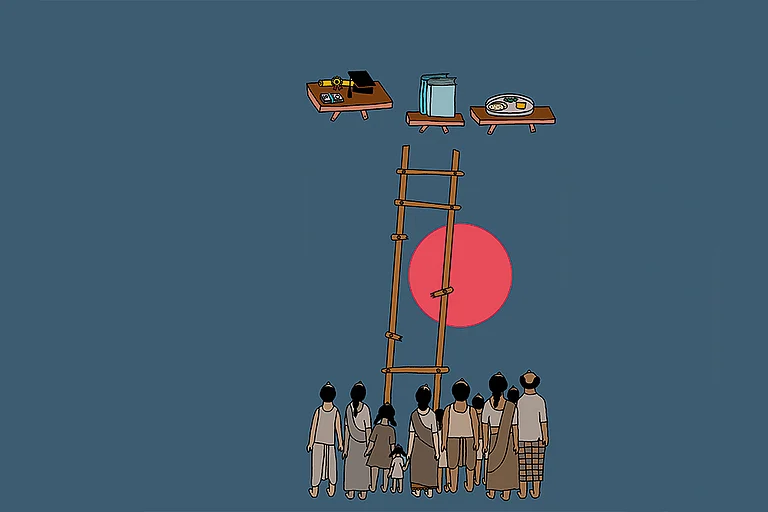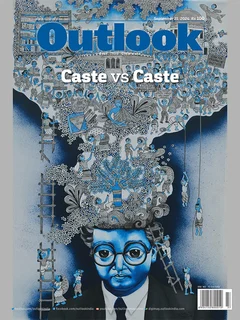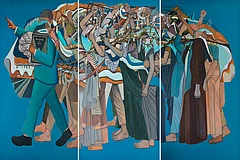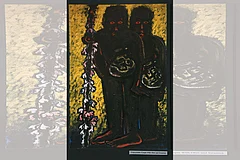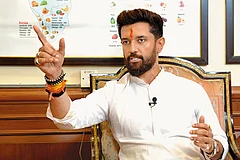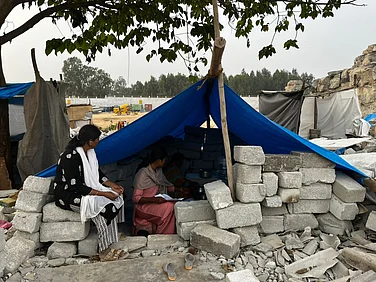After the Supreme Court judgment on sub-categorisation, debates and discussions around the feasibility of sub-classification within the SC-ST communities have gained momentum. While there is consensus on sub-categorisation among certain sub-caste groups—like the Madiga Reservation Porata Samithi (MRPS), led by Manda Krishna Madiga; the Hindustani Awam Morcha (HAM), led by Jitan Ram Manjhi; Adi Dharma Samaj, led by Darshan Ratna Raavan and others—it is also worth noting that there has parallelly emerged a strong opposition to the judgment that is gaining support from different political parties. It would be interesting to evaluate the different political positions that have emerged after the sub-categorisation judgment and how the debates on the political canvas are changing, especially after the August 21 Bharat Bandh protests.
Bharat Bandh Aftereffects
The Bharat Bandh was supported by political parties like the Bahujan Samaj Party, the Azad Samaj Party, the Lok Janshakti Party (R), the Rashtriya Janata Dal, the Vanchit Bahujan Aghadi, the Jharkhand Mukti Morcha, the Bharat Adivasi Party, and the Rashtriya Loktantrik Party. Later, during the Bandh, it also received support from the Samajwadi Party. The Bandh was also pushed forward by different sub-caste group alliances across different states. Though the nationwide protests were not widely reported by the mainstream media but the alternative Dalit-Bahujan media channels covered the protests, particularly in Bihar, UP, Haryana, Madhya Pradesh, Chhattisgarh, Jharkhand, Rajasthan and Maharashtra.
The protests intensified in states where political consensus on caste census was building up. However, the silence among select sub-caste Dalit communities was also apparent. Irrespective of the absence or presence of different sub-caste groups, the issue of sub-categorisation continues to generate divided opinions.
Caste Census and Job Data
The rethinking of sub-categorisation needs to be worked out along with data and statistical enquiry. The caste census will deepen the understanding of sub-caste groups in terms of social, educational, as well as economic levels. It will further help us understand the caste matrix and the differential mobility that exists among different caste groups. The reservation policy’s foundational principle is not economic; it, in fact, addresses historical marginalisation and representation.
If the judgment on sub-categorisation is based fundamentally on (mis)distribution of resources, then it is imperative on the part of the State to know in what ways and among which communities the resources have been misdistributed and the nature of misdistribution.
One of the major shifts that one outrightly observes is that after the Bharat Bandh, the social and political consensus with regard to sub-caste representation and intra-caste dynamics has definitely changed. However, only through precise data collection at the national level can a more informed discursive engagement within different sub-caste categories be worked out.
Though state-wise committee reports like the Hukum Singh Commission (UP, 2001), the Lahuji Salve Commission (Maharashtra, 2003), the Sadashiva Commission (Karnataka, 2005), the Usha Mehra Commission (Centre, 2007), the Bihar Mahadalit Commission (Bihar, 2007) and the Janarthanam Commission (Tamil Nadu, 2008) are important entry points, unless they are collated into a single nationwide data, the questions pertaining to representation will remain limited to vulnerabilities of state-wise political dynamics.
For example, in Bihar, the Mahadalit Commission report (set up in 2007) first identified 18 out of 22 sub-castes as the most backward among Dalits, but eventually, it ended up diluting the findings and termed every sub-caste in Bihar as ‘Mahadalit’. This example reflects the lack of uniform methodology as well as an arbitrary approach that is taken up by the State, based on its own potential political affinities. Hence, a more uniform data collection at the national level, through processes like caste census (incorporating employment data of national and state-level government departments employed under Groups A, B, C, and D) can generate a better picture of the nature and differential mobility of different sub-categories.
Varied Arguments
An interesting development that has emerged after the Bharat Bandh protests is that fresh discussions are happening on different political fronts. The Viduthalai Chiruthaigal Katchi (VCK), formally known as the Dalit Panther Iyyakkam, recently filed a review petition in the Supreme Court against the judgment. Initially, it had taken a pro-sub-categorisation stand. However, it later came up with an important argument on proportional representation.
They argued that the Janardhanan Commission, in its discussion on the Arunthathiyar community, that it termed as the most deprived community, is only narrowly looking into its position vis-à-vis the Devendrakula and the Adi Dravida communities. Given that Devendrakula and Adi Dravida communities are numerically larger, there is a need to understand the status of the Arunthathiyar community in terms of its proportional representation.
The shift is visible even in the Rashtriya Swayamsevak Sangh, which had previously taken a strong position against a caste census but is now looking forward to diluting its strong stand against it and is focusing on the green flags. One can argue that the tough stand taken up by the RJD, SP and the Congress (from INDIA alliance) has only pushed the need to carry out the caste census that is long overdue.
The Supreme Court judgment has prompted public debates. A critical evaluation of the judgment suggests it was delivered in haste, especially when substantive research and data collection on different sub-caste among Dalits have not happened yet.
Assessment
While there has been a developing consensus that social problems emerging due to the differential mobility of sub-caste groups need to be accounted for, some arbitrary aspects like the introduction of the ‘creamy layer’ have received strong criticism. The fundamental argument that goes against the Supreme Court judgment on the ‘creamy layer’ is that economic mobility does not ensure social inclusion and the eradication of untouchability per se.
To substantiate this, in 1978, the Sampooranandji statue in Varanasi was “purified” with Gangajal after Babu Jagjivan Ram, the then defence minister, inaugurated it. Similarly, a temple in Madhubani in Bihar was purified after Bihar Chief Minister Jitan Ram Manjhi visited it in 2014. More recently, in 2022, a Dalit IPS officer in Rajasthan had to take police protection after he rode a mare as part of the ‘Binduari ceremony’ during his wedding.
Clearly, the ‘creamy layer’ is a misplaced concept as caste discrimination does not necessarily align with economic mobility but is a consequence of untouchability, as empirically witnessed in several cases mentioned. The Constitution recognises Scheduled Castes solely on the basis of the practice of untouchability, and it was included as a constitutional category in the Government of India Act, 1935.
The Bharat Bandh, which was announced as a mark of protest against the SC judgment, was significant as it managed to stir up the Dalit communities. It initiated complicated debates that managed to shift the stance of some political parties. Above everything else, it created substantive ground to conduct the caste census. The Dalit-Bahujan political parties are also pressurising for a scrutiny of the reservation policy that is advocated by a Parliament-based committee rather than a framework from a top-heavy Supreme Court judgment.
(Views expressed are personal)
MORE FROM THIS ISSUE
K. Kalyani is Assistant Professor of Sociology at Azim Premji University, Bengaluru
Mukesh Kabir is a Sociologist and Doctorate from Jawaharlal Nehru University
(This appeared in the print as 'Shifting Sands of Time')






